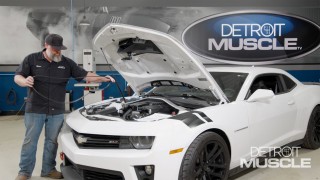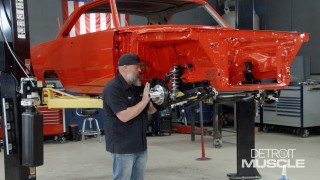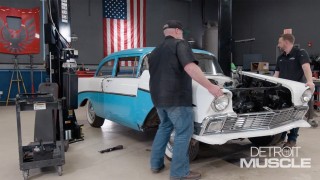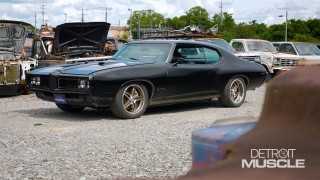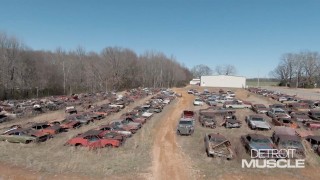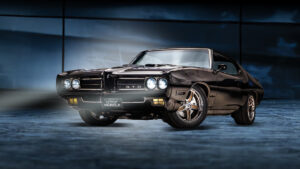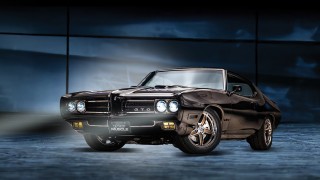
Caddy Hearse Hits The Drag Strip To Prove Its Power
We take our hefty hearse down the eighth mile with a little help from some throttle in the bottle ... Plus, some old school tech that may hit home.
Season 8
Episode 10
Hosts: Tommy Boshers, Daniel Boshears
First Air Date: June 12, 2021
Duration: 21 minutes 35 seconds

